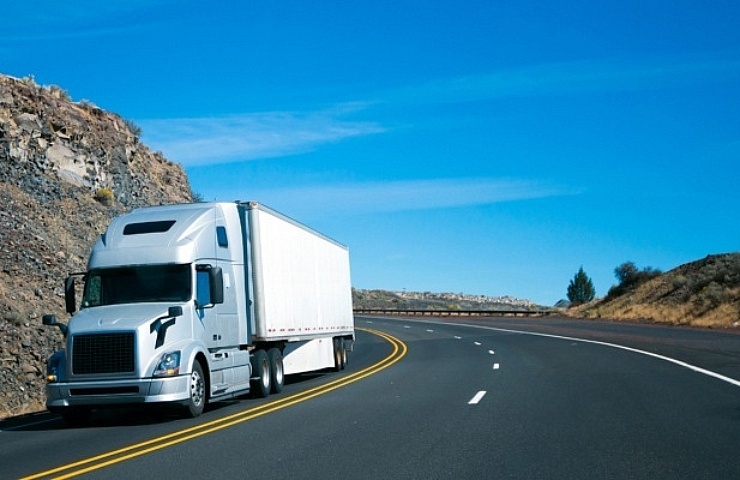Contents
Let’s take a closer look at what a Jake brake is, how it works, and how to use it correctly.
What Is a Jake Brake and Its Purpose?
The Jake brake—named for Jacobs Vehicle Systems, Inc., the company that first produced it—is sometimes called a decompression brake or engine brake. It is used mainly on semi trucks. It works on diesel engines by opening exhaust valves to the cylinders, releasing compressed air and slowing the vehicle.
Shop now for jake brakesTractor trailers have a lot of wheels, which means a lot of brake system parts. They also carry heavy loads. All those brakes have to slow a fast-moving, heavy rig, which creates a lot of friction. Imagine the wear on the brakes of an 18-wheeler heading down a mountain, trying to maintain a safe and controlled speed. Now, imagine if, instead of applying a brake that uses friction to slow down, all a driver needed to do was lift a foot off the pedal. That’s what the Jake brake is designed to do.
How Does It Work?
The truck driver engages the Jake brake by flipping an engine brake switch. The driver removes their foot from the throttle pedal and the Jake brake is engaged. Compressed air builds with the piston at the top of the cylinder. The pistons take that energy and guide it to the rest of the vehicle to produce power. The engine itself creates drag on the wheels to slow the rig down without applying a friction brake.

Caterpillar C15 engine Jake brake
The temperature on the brakes stays low, and the brake pads remain cushioned for another day. It also reduces the time it takes to bring the truck to the desired lower speed (or a full stop). Unfortunately, it’s really loud and obnoxious.
Under What Conditions Should a Trucker Use a Jake Brake?
A Jake brake is best used under specific conditions to ensure safety and efficiency. Some of the most common conditions are:
- When descending a steep hill. Using a Jake brake makes the descent safer and more controlled. It reduces strain on the truck’s brakes.
- When needing to slow down quickly—approaching a sharp curve, a traffic light, or a vehicle unexpectedly pulling out in front of the truck.
- Avoiding brake fade. Brake fade occurs when brakes lose effectiveness due to overheating, like when a truck is descending a steep hill for an extended period. By using a Jake brake, the driver can reduce the wear and tear on the brakes and avoid brake fading.
How Do You Know If You Vehicle Has a Jake Brake?
The simple answer is it probably doesn’t. They are most common on large semi trucks and vehicles that need extra stopping power. If you’re unsure, consult the owner’s manual that came with your vehicle.
Are There Conditions or Situations When It Should Not Be Used?
Jake brakes are safe enough to use in dry conditions when the engine is at operating temperature with the appropriate oil level. However, some conditions are not optimal for using them.
- In wet or icy road conditions, if a driver applies the Jake brake without having the rig 100% straight, they risk jackknifing. However, this is the only real risk of using a Jake brake.
- A Jake brake should not be used in areas with heavy traffic since the loud noise could startle other drivers and possibly cause an accident. Additionally, it should not be used where it is prohibited by law, such as in a posted residential neighborhood or areas with strict noise regulations.
Can You Install a Jake Brake on a Used Truck?
Yes, installing a Jake brake on a truck that didn’t originally have one is possible. Retrofitting isn’t necessarily a difficult job. The cost of retrofitting will vary significantly based on your vehicle and where you’re located. Expect the parts and labor to run anywhere from $4,000 to $6,000. You may also need to purchase a new wiring harness or, at a minimum, have the existing one modified.
You’ll also need to reprogram the truck’s electronic control module (ECM), running from several hundred dollars up to $1,000.
Finally, before you embark on the project, you’ll need to find out if the engine in your truck has rocker arms that will accept an install. A qualified mechanic will be able to make that determination.
Shop now for jake brakes





